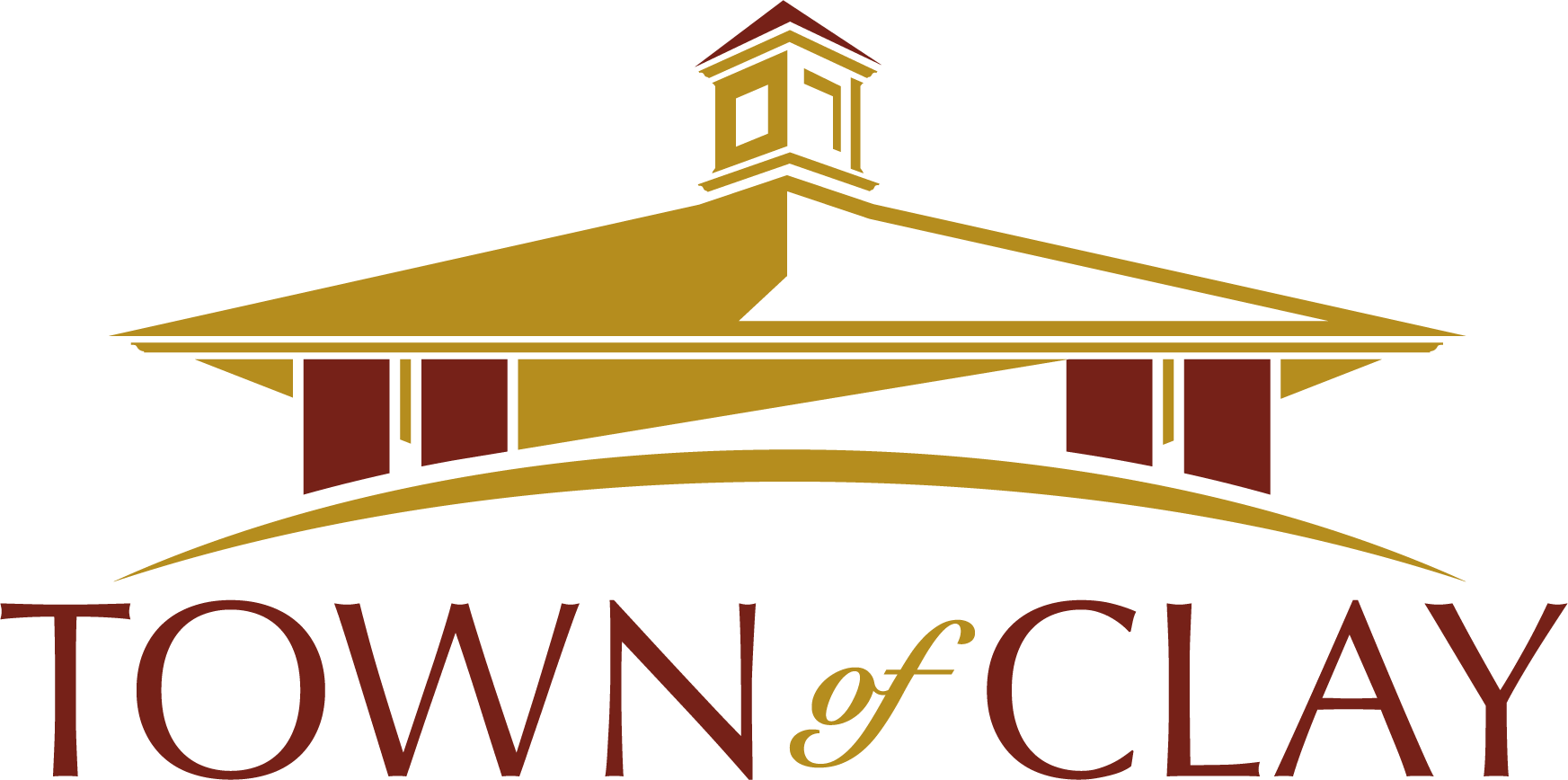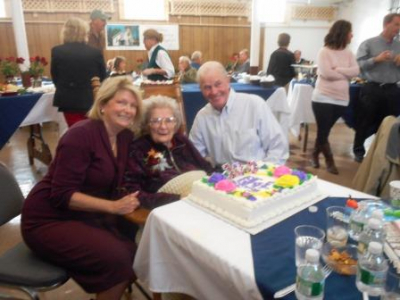The Mystery of Charles Morgan ContinuesPosted on October 12, 2016 |
REMEMBERING CLAY
The Mystery of Charles Morgan Continues
Ever since I became involved in the history of Clay as a member of the Clay Historical Association and as church and Town Historian, tales of Charles Morgan as a spy in the Revolutionary War have reached me. I began research in order to obtain a Historic Marker. Although I collected much material, it was not enough proof for a Pomeroy Foundation grant. Recently I met Fr. Richard Cumming of the Anglican Church, present owner of the old Morgan Road Church and wrote an article on its fresh new face. A month ago Zachary Peelman emailed with a request for information about Charles’ grave at the Morgan Cemetery. He loaded me up with the findings of his research, much of which is included here. Charles Morgan was born in Monmouth County, New Jersey (There is a Morganville there) in 1745, married Rachel Prest October 17, 1784 (From Dutch Reformed Church records), and died in 1803. His military service in the Revolutionary War , taken from muster and pay rolls, shows the service of Private Charles Morgan in Captain Gifford’s Third New Jersey Regiment; Captain Andersons’ Company, First New Jersey Regiment; and Captain Forman’s/Howell’s/Mitchell’s Company from 1777-1783. Muster rolls give credence to stories about Private Charles Morgan from Barber’s New Jersey Light Battalion serving as a spy for General LaFayette. Forman’s Company served in the Light Battalion. From Frank Moore’s “Diary of the American Revolution”*, the story is told: “His Lordship (Cornwallis) at one time planned the surprise of the marquis (LaFayette) while on the same side of the James River as himself, but was diverted from his intention by a spy…” The account continues that the marquis in order to get intelligence on Cornwallis called upon “one Charles (generally called Charley) Morgan, a Jersey soldier, of whom he had entertained a favorable opinion, to turn deserter and go over to the British army.” Moran agreed but he told LaFayette if he was caught and hung, the whole story must be recorded and published in a New Jersey newspaper. LaFayette agreed. Charles went to Cornwallis and told him he didn’t like serving under a Frenchman. He was assigned to duty, found the information he wanted and returned to the American camp. After he mustered out, Charles came to Onondaga County and worked in the salt industry. It is believed that he purchased land in Salina near the Bradley farm. He and Rachel had four children: Abram (Abraham) who became a Methodist Minister, built the Morgan Meeting House which still stands. There were three sisters; Elinor, Alnora and Rachael. The Syracuse Journal dated May 16, 1905 has a long article on the discovery of Charles’ grave in an old private burial ground off of Old Liverpool Road. In an interview with William Gilbert, the husband of Charles’ granddaughter, he said that Abel Hawley, Charles’ son-in-law helped dig the grave and Rev. Abraham Morgan, Charles’ son had pointed it out to him (William Gilbert). He visited it and saw that there were other graves nearby, believed to be other Revolutionary soldiers. There is a stone for him in the Morgan Cemetery and his wife, Rachael, is buried next to it. Whether he is there is a mystery. There is much more to the story of Charles Morgan and much has already been written over the years. But, there may be more to tell.
Dorothy Heller, Historian
*Legends hide ‘real’ Morgan article by Bob Here in the Syracuse Herald Journal, April 10, 1974.
Other
Remember Clay Stories
Nathan Soule Part III
Remembering Clay | Apr 28, 2017
REMEMBERING CLAY
Nathan Soule’s Later Years in Clay (Part III)
Crops on the Sotherden Farms
Remembering Clay | Jun 3, 2019
REMEMBERING CLAY
Crops on the Sotherden Farm

